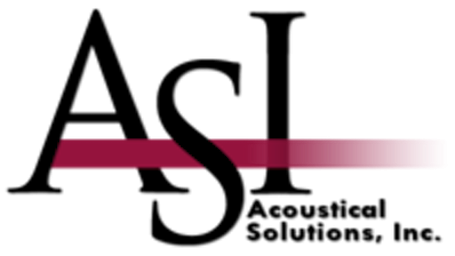Open Offices Are Here to Stay, Now What to do With All of The Noise?
Written by: Amy DuFrane
As the open office debate continues, a few questions continue to be raised. How do we deal with the noise and distraction? Is it possible to have a collaborative and heads down environment in the same facility? Can employees be healthy, happy and productive in this type of work environment?
As workplaces are evolving and changing, companies are finding it difficult to create the correct balance between collaborative and individual work spaces. One of the top complaints in open office environments is lack of privacy and the inability to get work done because of the noise. Not only is a densely populated, open office layout now the norm; individual space has also decreased significantly. In 2010, space allocation per worker was 225 square feet and in 2012, it dropped to 150 square feet or less, according to CoreNet Global. It is projected that allotted space could go as low as 100 square feet per person within a few years. With this decrease in space, lack of privacy and productivity has become a real problem as has increased turnover and absenteeism due to stress.
It is estimated that staff costs including salaries and bonuses make up 90%, of a company’s operating costs. Considering that 70% of employees are now working in an open office environment, any decrease in productivity or employee satisfaction will have a significant impact on a company’s financial bottom line. Studies show that it takes 20 minutes from the time of interruption to the time an employee can get back to their chain of thought…how much are these interruptions costing?
A lot of thought and financial resources are dedicated to the design and aesthetics of the facility, but too often proper acoustics are either forgotten or red-lined. As contradictory as it sounds, the biggest problem with many facilities is they are too quiet to be acoustically comfortable. Many are library quiet, lacking any real background ambient noise. Without background ambient sound or barriers, conversational speech can be heard and understood up to 60 ft away. Every little sound becomes a distraction, footsteps, papers shuffling, phones ringing, doors shutting, etc. Proper acoustics is critical to help improve productivity, privacy, and comfort of employees.
In corporate environments, sound masking has become a key component that addresses the speech privacy needs of employees in the open plan and in private offices. Sound masking works by subtlety raising the ambient background sound level. Raising the ambient level, effectively "masks" unwanted noise, makes speech unintelligible (creating privacy), and makes the work environment acoustically comfortable. It has been proven, that by adding sound masking to a space, companies have experienced significant:
- increase in employee productivity
- improvement in employee's ability to focus on tasks
- improvement in employee short-term memory and accuracy
- decrease in employee stress
- increase in overall employee satisfaction
This is good news for all companies that must balance the need to concentrate, collaborate and communicate in the same working environment. By creating environments that support both heads down work and collaborative efforts, sound masking improves productivity, comfort, and overall workplace efficacy.
